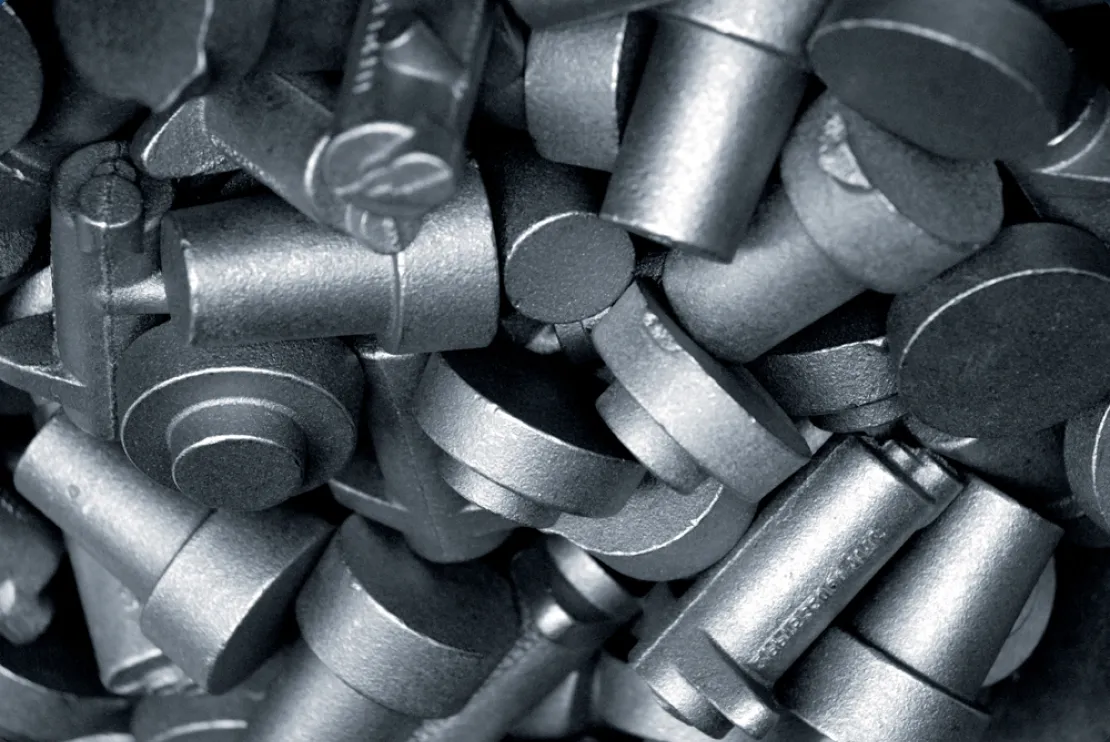1. Construction and Infrastructure
- Bridges and Buildings:
Cast iron's strength and durability make it a cornerstone in
construction. It's used for bridges, building frameworks, and structural
elements, providing stability and longevity.
- Drainage Systems:
Cast iron pipes are widely employed for sewage and drainage systems due
to their corrosion resistance and robustness.
2. Machinery and Engineering
- Engine Components:
Cast iron's ability to withstand high temperatures and heavy loads makes
it an ideal material for engine blocks, cylinder heads, and other
crucial components.
- Gears and Bearings:
The wear-resistant nature of cast iron makes it suitable for gears and
bearings in machinery, ensuring smooth operation and extended lifespan.
3. Cookware and Culinary Utensils
- Skillets, Pans, and Dutch Ovens:
Cast iron cookware excels in even heat distribution, retention, and
versatility. Skillets, pans, and Dutch ovens are kitchen essentials for
various cooking techniques.
- Griddles and Grill Pans:
Providing an indoor grilling experience, these cast iron pieces add
distinct flavors and grill marks to meats and vegetables.
4. Art and Decoration
- Architectural Ornamentation:
Cast iron's malleability allows for intricate architectural details,
including railings, gates, and decorative elements in buildings.
- Sculptures and Art Pieces:
Artists utilize cast iron for creating sculptures and art installations,
showcasing its adaptability in the realm of artistic expression.
5. Automotive Industry
- Brake Rotors and Drums:
Cast iron's heat resistance and durability make it a preferred material
for brake components in automobiles.
- Exhaust Manifolds:
The ability to withstand high temperatures makes cast iron suitable for
exhaust manifolds in cars.
6. Agricultural Equipment
- Ploughs and Cultivators:
Cast iron's toughness and resistance to wear make it suitable for
agricultural equipment, enduring the rigors of soil cultivation.
From the foundations of buildings to the heart of the kitchen, from the
wheels of automobiles to the hands of artists, cast iron's applications
span diverse industries. Its enduring versatility, marked by strength
and adaptability, ensures its continued presence in the fabric of human
innovation and creativity.
